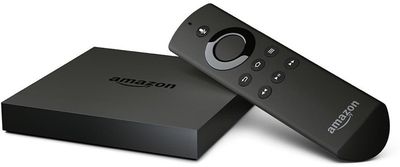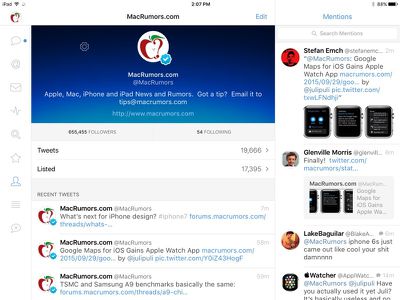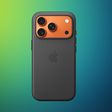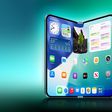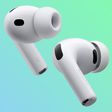For this week's giveaway, we've teamed up with Onanoff to give away a Sound Cover for the iPad Air or iPad Air 2. Onanoff's Sound Covers are cases that are designed to amplify the iPad's volume by up to 400 percent while also offering protection for the iPad.
The Sound Cover includes built-in flat panel stereo speakers that both boost and improve sound coming from the iPad. According to Onanoff, it turns the iPad into a mini sound system that can be taken anywhere and used for music, movies, video conferencing, and gaming.
The built-in iPad speakers usually face away from the user that diminishes the user experience whereas the Sound Cover can be positioned in a way to radiate directly at the user. For all genres of music, the Sound Cover gives an extraordinary and enhanced user experience wherever audio is required.
The Sound Cover is also compatible with non-iPad devices, as it uses a Bluetooth connection to stream audio. It includes a 3,300 mAh battery that lasts for up to 15 hours of playback, and it has a built-in microphone. The Sound Cover is 14mm thick and weighs 1.2 pounds, which is relatively thin and light considering it has speakers built into it.

Onanoff's Sound Covers come in three colors to match the finishes of the iPad. They are available from the Onanoff website for $199, but MacRumors readers can get a 20 percent discount using the code MACRUMORS.
One MacRumors reader can also win an Onanoff Sound Cover in the color of their choosing. To enter to win, use the Rafflecopter widget below and enter an email address. Email addresses will be used solely for contact purposes to reach the winner and send the prize.
You can earn additional entries by subscribing to our weekly newsletter, subscribing to our YouTube channel, following us on Twitter, or visiting the MacRumors Facebook page. Due to the complexities of international laws regarding giveaways, only U.S. residents who are 18 years of age or older are eligible to enter.
The contest will run from today (October 2) at 12:15 p.m. Pacific Time through 12:15 p.m. Pacific Time on October 9. The winner will be chosen randomly on October 9 and will be contacted by email. The winner has 48 hours to respond and provide a shipping address before a new winner is chosen. The prize will be shipped to the winner for free.



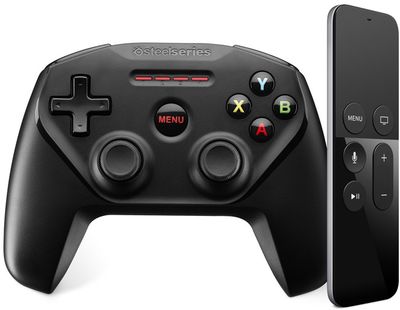
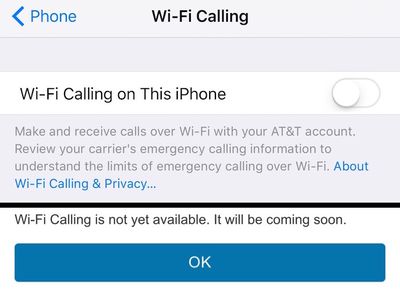
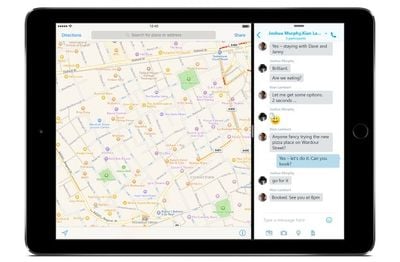
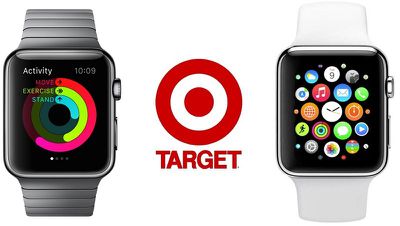

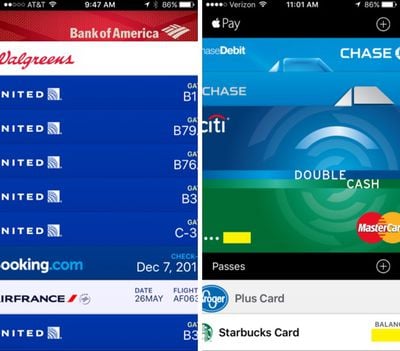



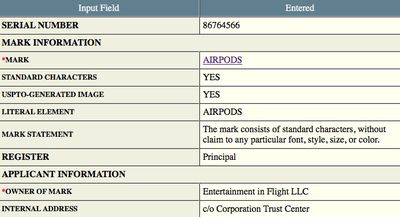
 The trademark filing in International Class 9 includes mention of audio accessories, earphones, microphones, wireless communication devices, and similar types of products, and with Apple already calling its existing line of earphones "EarPods" it seems reasonable to speculate the "AirPods" name could be intended for a wireless version of the company's earphones.
The trademark filing in International Class 9 includes mention of audio accessories, earphones, microphones, wireless communication devices, and similar types of products, and with Apple already calling its existing line of earphones "EarPods" it seems reasonable to speculate the "AirPods" name could be intended for a wireless version of the company's earphones.